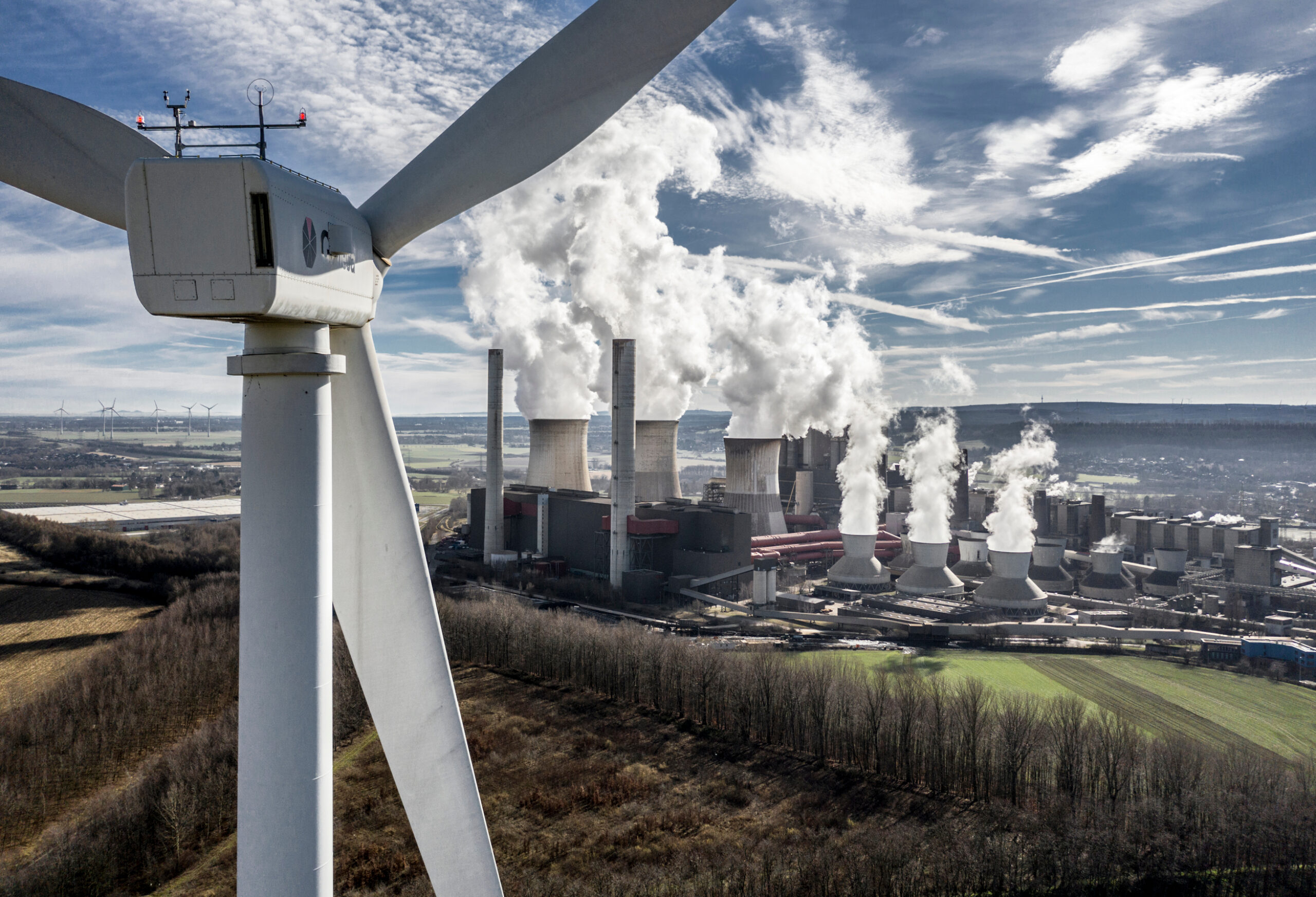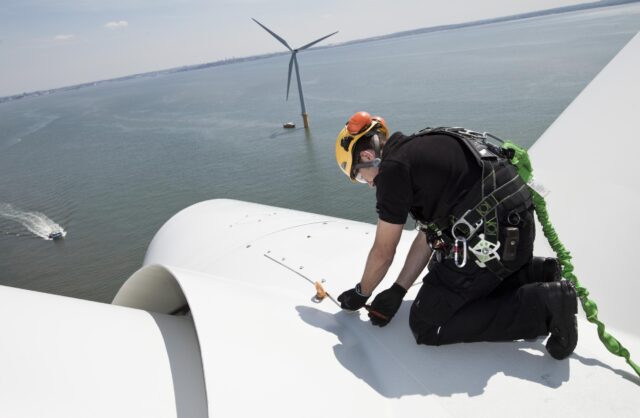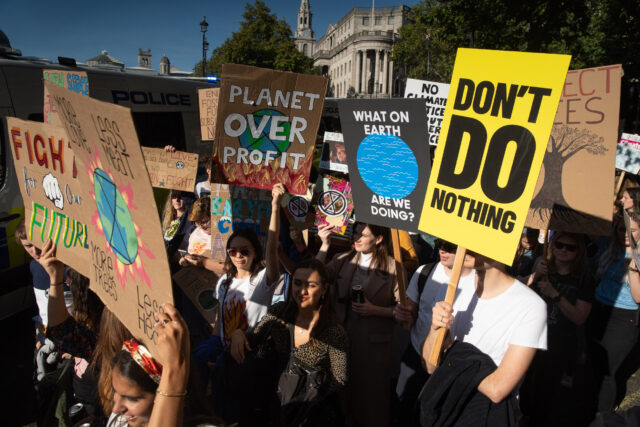
Net zero, explained
Net zero is the term used to describe reducing emissions to effectively zero, in order to tackle climate change.
Net zero is a common term in climate and energy policy, and is increasingly being used by corporations. But what exactly does it mean?
Here’s what you need to know.
What is net zero?
Net zero is short for net zero emissions. In order to tackle climate change, atmosphere-warming emissions need to fall to effectively zero.
This would be done by reducing greenhouse gas emissions to a level where they can be balanced by the removal of warming gases, like carbon dioxide.
Why not just stop all emissions? Because some emissions, like from growing food, cannot be reduced through simple switches (for example to renewable energy).
And that’s where the “net” comes in. It refers to the final overall quantity of emissions produced once removal is taken into account, which should be zero.
What does net zero mean for society?
In order to solve the problem of climate change, governments agreed through the 2015 Paris agreement to limit warming to 1.5ºC. Scientists and the United Nations say this means reducing global greenhouse gas emissions to net zero by 2050.
Because so many of our climate-changing emissions are carbon dioxide, net zero firstly means huge reductions in fossil fuel use – such as the burning of coal, oil and gas for energy and transport – to as close to zero as possible. This could be through using renewable energy and switching to electric cars.
It also means much more nature protection and restoration and reforestation, as well as likely some technologies to remove emissions that can’t be reduced so easily.
How will carbon emissions be removed?
The best thing we can do is reduce emissions as much as possible. Where it will be hard to get to zero emissions (such as very high heat-requiring, heavy industry – like glass and concrete), try to capture the emissions before they’re released into the air, using carbon capture and storage.
Removing carbon emissions from the air is technically possible, but difficult and expensive to do at the scale needed.
There are also many sectors that will struggle to deal with emissions fully, like methane that comes from livestock or nitrous oxide from crops.
For those emissions, the emphasis needs to be on restoring land back to nature and agro-ecological farming.
Net zero and carbon offsetting
While a path to net zero is being set out by international bodies like the International Energy Agency, there are still many blocks in the road.
For lots of companies, trying to achieve net zero without reducing emissions in the first place likely means relying on carbon offsetting.
Carbon offsetting is when companies pay to “offset” the carbon they emit, by funding projects to plant trees and protect forests. In doing this, they can label their products and services “carbon neutral”.
What’s the difference between net zero and carbon neutral?
Net zero and carbon neutral are different, but related terms. Carbon neutral in particular is poorly defined and means different things to different sectors.
Carbon neutral tends to be used by corporations when describing carbon offsetting – paying into schemes that supposedly stop other emissions in order to make their own activities “carbon neutral”.
But carbon offsetting doesn’t really work. So if you see a company – particularly one with high emissions like airlines – describing their products or services as “carbon neutral”, there might be something dodgy going on.
Net zero in the UK
The term net zero came into its own in the UK in around 2017 thanks to the Climate Change Committee (CCC) – an independent public body formed under the UK’s 2008 Climate Change Act. In light of the Paris Agreement the CCC said that there should be a 2050 goal to reach net zero emissions.
Getting to net zero by 2050 is now government policy. Every major political party in the UK agrees on the need to get to net zero, although some would like to go quicker.
At the last election, 97% of votes cast were for political parties with a commitment to net zero.



